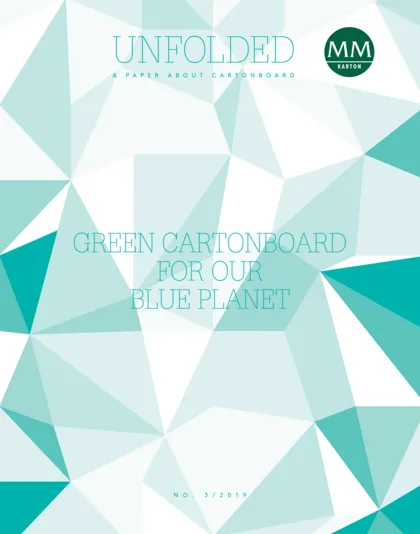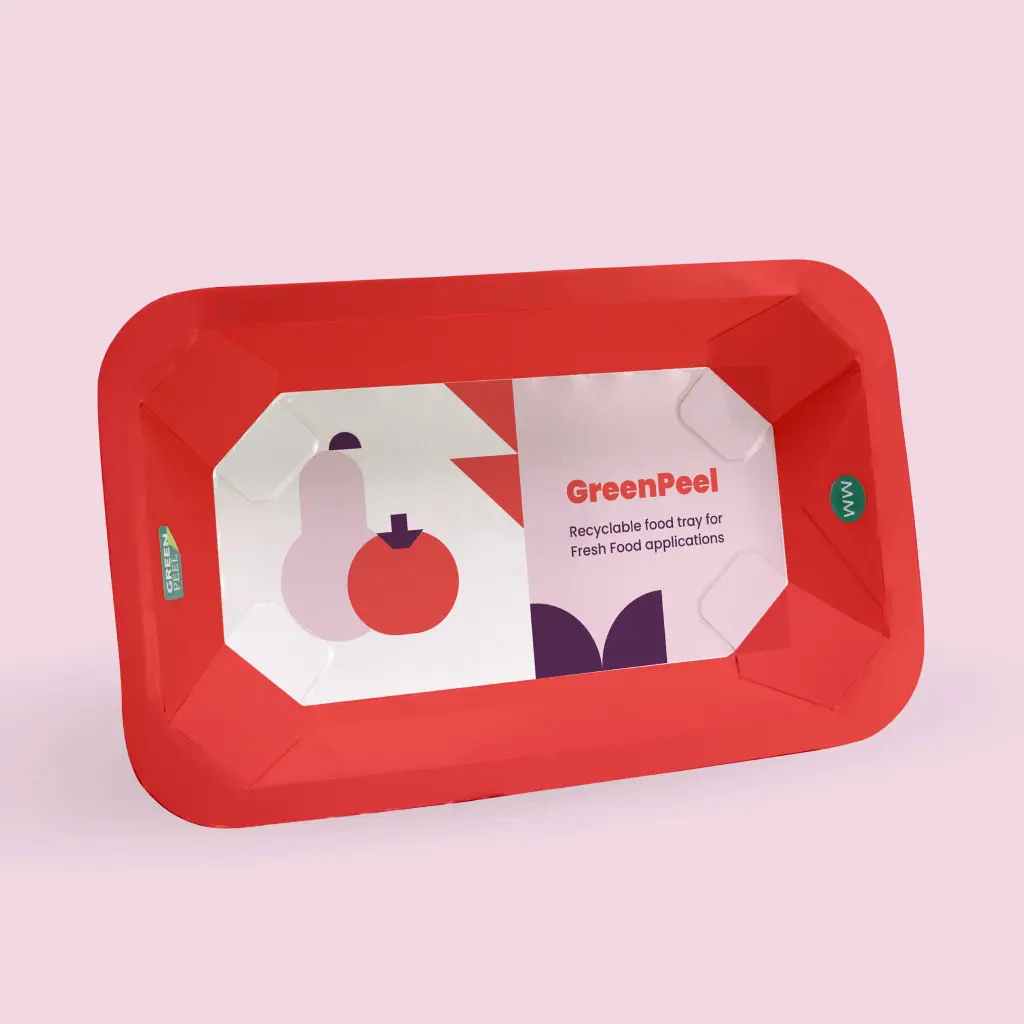Excellent CO2 balance of cartonboard packaging proven by latest study
The study, recently published and conducted by the RISE Research Institute on behalf of Pro Carton, underscores the positive contribution of cartonboard packaging to issues of climate change: With 326 kg CO2 eq/t, cartonboard has very low CO2 values within the whole value chain, making it the packaging with the lowest environmental impact.
Background
The carbon footprint for carton packaging presented here has been calculated in accordance with the frameworks set out in the CEPI’s “Framework for Carbon Footprints for Paper and Board Products, April 2017″ and the subsequent CITPA “Guidelines for calculating carbon footprints for paper-based packaging, March 2018″. As recommended by these documents, the value calculated covers the cradle-to-grave carbon impact of carton packaging, taking account of fossil and biogenic greenhouse gas (GHG) emissions and removals and emissions from direct land use change (dLUC). Carbon contained within the product when it is first placed on the market is also quantified.
In addition to the quantitative results, attention is also drawn to the following statements confirming the unique aspects that should be considered when evaluating the carbon impact of paper-based packaging.
1. All paper and board products have two unique positive attributes:
- They are based on a renewable raw material, using the forests´ capacity to bind CO2 as a starting point.
- They store carbon and, furthermore, the recycling of paper and board products delays this CO2 from returning to the atmosphere.
2. When forests are managed sustainably, carbon stocks are growing or at least remain stable. According to the European GHG inventory, forests of the EU-28 are a net carbon sink, with net CO2 removals by forests having increased by over 19 % between 1990 and 2014.
Primary data for production of cartonboard and for conversion of this material into cartons was sourced from the 2019 Environmental Data Report for the European Carton Packaging Sector. Secondary data for other unit processes was derived from publicly available databases, as detailed in an Annex to the CITPA guidelines. A recycling rate of 91 % has been considered for the end-of-life, with the remaining material destined for energy recovery (5 %) and landfill (4 %). For modelling purposes, open-loop recycling has been considered.
Results
Using the approach described above, the cradle-to-grave carbon impact has been calculated at 326 kgCO2 equivalents per tonne of cartons, as summarised in the table below:
| Fossil GHG emissions |
Biogenic GHG emissions |
GHG reduction |
Direct land use | Total |
| 1.025 kgCO2e | 1.001 kgCO2e | -1.708 kgCO2e | 9 kgCO2e | 326 kgCO2e |
In addition, carbon stored in the product when it is first placed on the market is calculated at 1,689 kgCO2e per tonne of cartons. This value is provided as additional information and should not be subtracted from the total footprint. When interpreting the results, it should be remembered that a high proportion of the original carbon contained in the product when it is first placed on the market is carried through to the life cycle of subsequent products. 91 % of the cartons are assumed to be recycled. The carbon contained in these recovered fibres (1,537 kgCO2e) will be passed on to other products and will remain “sequestered” in the products until recycling of the fibres is no longer viable, at which stage the fibres will be sent for energy recovery or landfill, with associated emissions to consider.
Interpretation
The method applied for previous iterations of the carbon footprint of cartons focused on fossil GHG emissions from cradle-to-gate only. This latest calculation reflects significant changes to the methodology outlined by CEPI and CITPA, covering cradle-to-grave fossil and biogenic emissions and removals as well as direct land-use change. Therefore, it is not appropriate to compare the result presented in this document with those previous iterations. However, if we were to calculate the 2019 carbon impact of cartons using the same methodology as applied in those previous iterations, then the result would show a 9 % improvement for 2019 compared to 2015.
GHG – Greenhouse gas
CEPI – Confederation of European Paper Industries
CITPA – International Confederation of Paper and Board Converters in Europe
CO2e – CO2-equivalents




